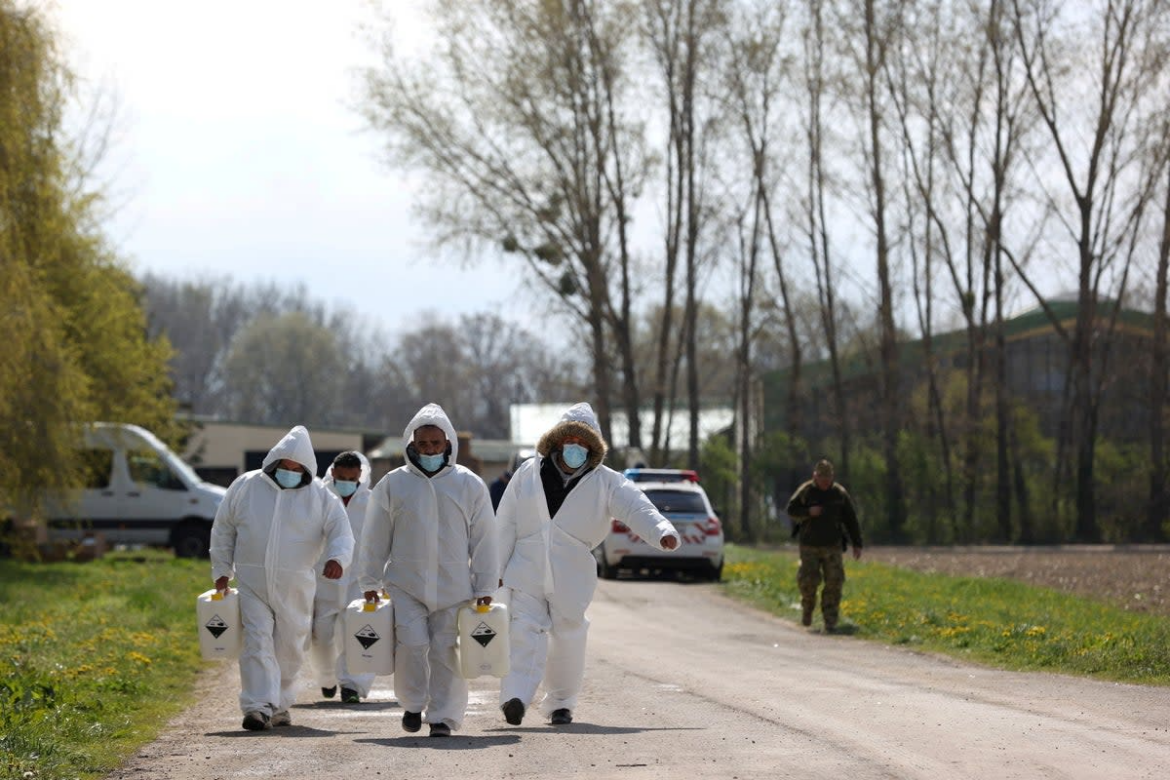Hungary Probes Possible Bioterrorism Behind First Foot-and-Mouth Outbreak in 50 Years
Thousands of Animals Culled, Border Closures Enacted Amid Rising Suspicion
Hungary is grappling with its first outbreak of foot-and-mouth disease (FMD) in more than half a century, and officials are now suggesting that the source may not be natural. In a dramatic turn, the Hungarian government has raised the possibility of a biological attack, marking one of the first times in modern European history that such an explanation has been floated for an outbreak of this nature.
Outbreak Near Tri-Border Region
The disease was detected in March at a cattle farm near the town of Levél, located in Hungary’s northwest corner, close to both Austria and Slovakia. Since the initial discovery, thousands of farm animals have been culled and buried in an effort to contain the spread. Border controls have been tightened, and export activities suspended in accordance with international animal health protocols.
A Highly Contagious Livestock Disease
Foot-and-mouth disease is a highly contagious viral infection affecting cloven-hoofed animals such as cattle, pigs, sheep, and goats. Though not typically dangerous to humans, it can decimate livestock populations and devastate agricultural economies.
Animal health authorities swiftly conducted inspections at over 1,000 farms across the country. Only four tested positive for the disease, all within the same regional cluster near Levél, suggesting a localized introduction of the virus rather than a widespread natural contagion.
Government Suggests Engineered Virus
Speaking to reporters during a media briefing, Prime Minister Viktor Orbán’s Chief of Staff, Gergely Gulyás, stunned the public with a suggestion rarely heard in European agriculture.
“At this stage, we can say that it cannot be ruled out that the virus was not of natural origin — we may be dealing with an artificially engineered virus,” Gulyás said.
When asked directly whether the government was considering the outbreak to be the result of a biological attack, Gulyás responded that the possibility could not be dismissed, though he did not elaborate on who might be behind such an attack or what evidence had prompted the suspicion.
Implications and Reactions
The suggestion of bioterrorism has drawn international attention, particularly from neighboring countries with shared borders and agricultural trade routes. Austria and Slovakia have both increased monitoring efforts, while the European Commission has reportedly requested a briefing on Hungary’s findings.
While bioterrorism remains a rare explanation for disease outbreaks, Hungary’s invocation of the possibility highlights growing global concern about the vulnerability of agriculture to both natural and intentional biological threats. In recent years, the proliferation of biotechnology and tensions between regional powers have raised fears that critical infrastructure — including food supply chains — could be targeted in future conflicts.
Next Steps in Containment and Investigation
The Hungarian government has vowed transparency and swift action. Surveillance and culling efforts continue, with heightened biosecurity protocols enacted throughout the northwest region. Meanwhile, government scientists and international partners are expected to investigate the viral strain’s genome to determine whether it exhibits markers of artificial engineering.
If evidence of deliberate tampering is confirmed, it could have profound implications for international relations, biosecurity policy, and agricultural defense systems across the European Union.
As the investigation unfolds, Hungary remains on high alert — not only to stop the spread of disease but to uncover the truth behind what may be the continent’s first suspected agricultural bioterror event in decades.

